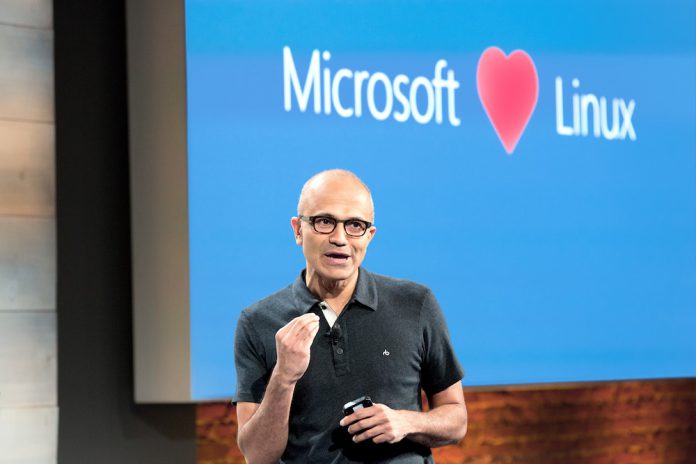At Build 2019 this year, Microsoft is continuing to expand its open source horizon. Of course, this is a migration that has been happening for several years. Still, for those of us who have observed Microsoft for long enough, the embrace of open-source remains a curio. The latest “Microsoft Loves Linux” move is a full kernel for the OS in Windows 10.
In an accompanying blog post, Microsoft program manager Jack Hammons, reveals a full Linux kernel will drop on Windows 10 in preview during the summer:
“Beginning with Windows Insiders builds this Summer, we will include an in-house custom-built Linux kernel to underpin the newest version of the Windows Subsystem for Linux (WSL). The kernel itself will initially be based on version 4.19, the latest long-term stable release of Linux. The kernel will be rebased at the designation of new long-term stable releases to ensure that the WSL kernel always has the latest Linux goodness.”
Essentially, Microsoft is rolling out the Linux kernel as part of Windows Subsystems for Linux version 2. It is worth pointing out this is not Windows 10 becoming a Linux distribution. The platform will continue to be based on its own Windows-based kernel. Microsoft is instead “shipping a real Linux kernel with Windows that will make full system call compatibility possible.”
Users will be able to update the kernel through Windows Update, which will also include security updates. Of course, Linux is open source, so Microsoft is sticking to the mantra. That company is placing the kernel's full source code on its GitHub service.
App Support Workaround
Performance for the GUI should be significantly improved, although the kernel will not support graphical Linux desktop apps. Microsoft claims that's because the feature is focused on developers. However, How-To-Geek reports the Windows Subsystem for Linux has more capabilities than Microsoft says.
For example, there is a workaround to run graphical Linux applications on Windows 10 through the first version of the subsystem. Yes, workaround means this is not sanctioned by Microsoft and is certainly not supported by the company. It is also worth mentioning the workaround will not work for every Linux applications. However, stabilization should gather pace as Microsoft improves WSL version 2 moving forward.
Another caveat is Windows 10 through Bash Shell only supports 64-bit, so 32-bit Linux apps will not install on the platform. With the release of WSL version 2, a speed increase and full kernel support should allow more Linux apps to run on Windows 10 desktop.






